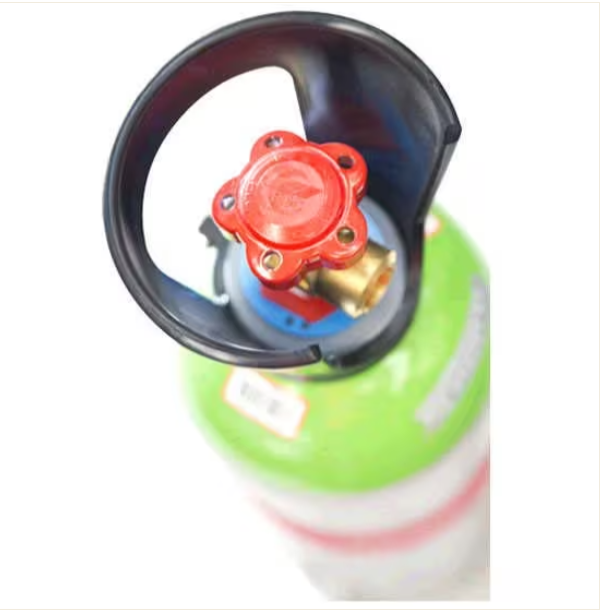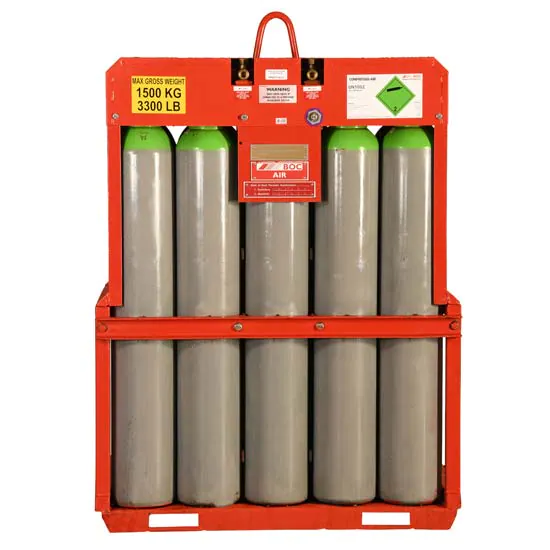Compressed air is air kept under a pressure that is greater than atmospheric pressure. Compressed air is an important medium for the transfer of energy in industrial processes, and is used for power tools such as air hammers, drills, wrenches, and others, as well as to atomize paint, operate air cylinders for automation, and propel vehicles. Brakes applied by compressed_air made large railway trains safer and more efficient to operate. Compressed_air brakes are also found on large highway vehicles.
Compressed air is used as a breathing gas by underwater divers. It may be carried by the diver in a high-pressure diving cylinder, or supplied from the surface at lower pressure through an air line or the diver’s umbilical. Similar arrangements are used in breathing apparatus used by firefighters, mine rescue workers, and industrial workers in hazardous atmospheres.
In Europe, 10 percent of all industrial electricity consumption is to produce compressed air, amounting to 80 terawatt hours consumption per year.
Industrial use of piped compressed air for power transmission was developed in the mid-19th century; unlike steam, it could be piped for long distances without losing pressure due to condensation. An early major application of compressed_air was in the drilling of the Mont Cenis Tunnel in Italy and France in 1861, where a 600 kPa (87 psi) compressed_air plant provided power to pneumatic drills, increasing productivity greatly over previous manual drilling methods. Compress air drills were applied at mines in the United States in the 1870s. George Westinghouse invented air brakes for trains starting in 1869; these brakes considerably improved the safety of rail operations. In the 19th century, Paris had a system of pipes installed for municipal distribution of compressed_air to power machines and to operate generators for lighting. Early air compressors were steam-driven, but in certain locations, a trompe could directly obtain compressed air from the force of falling water.
Compressed Air
Compressed Air
Compressed Air







